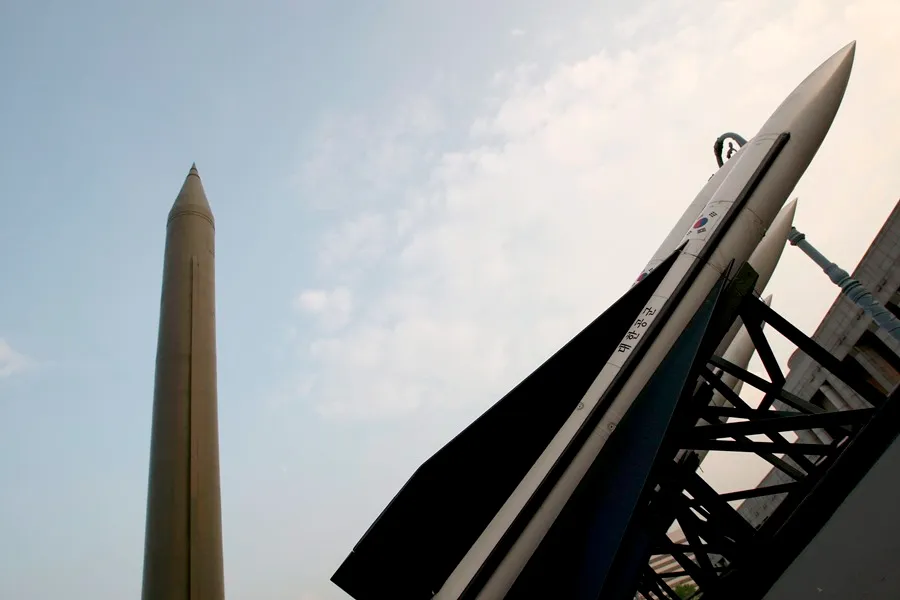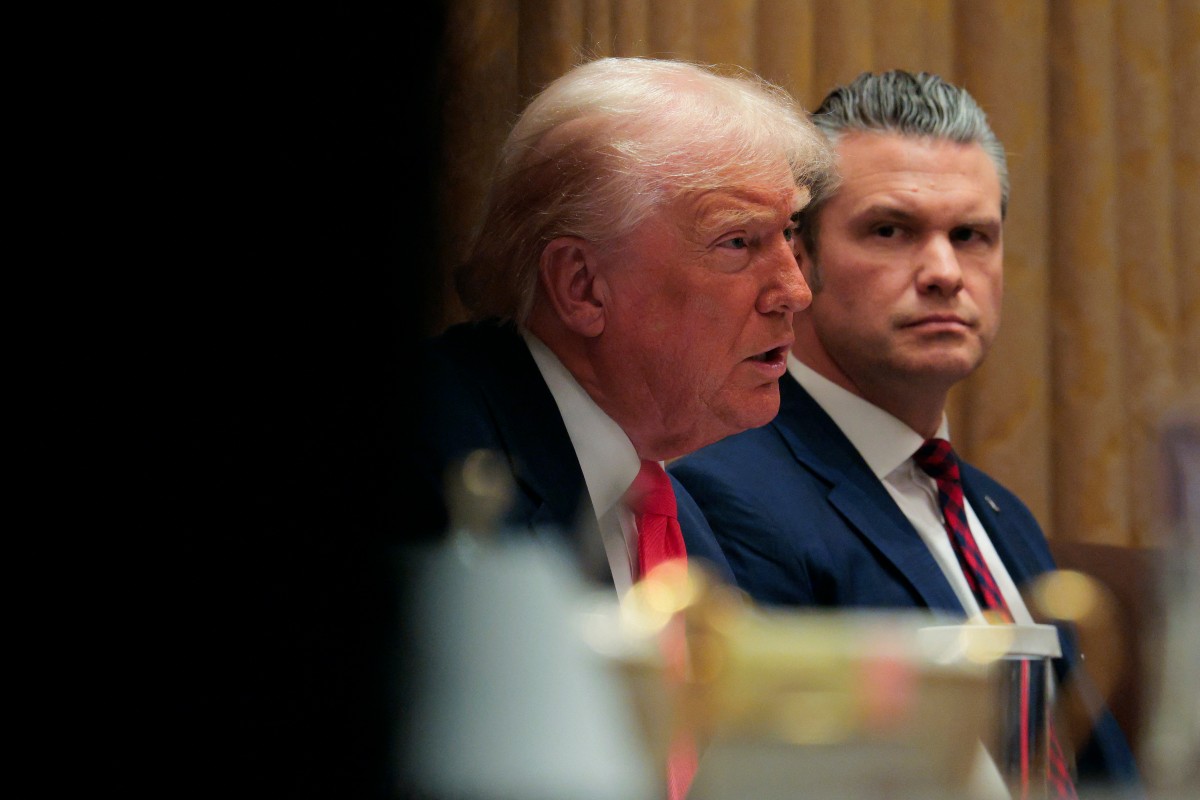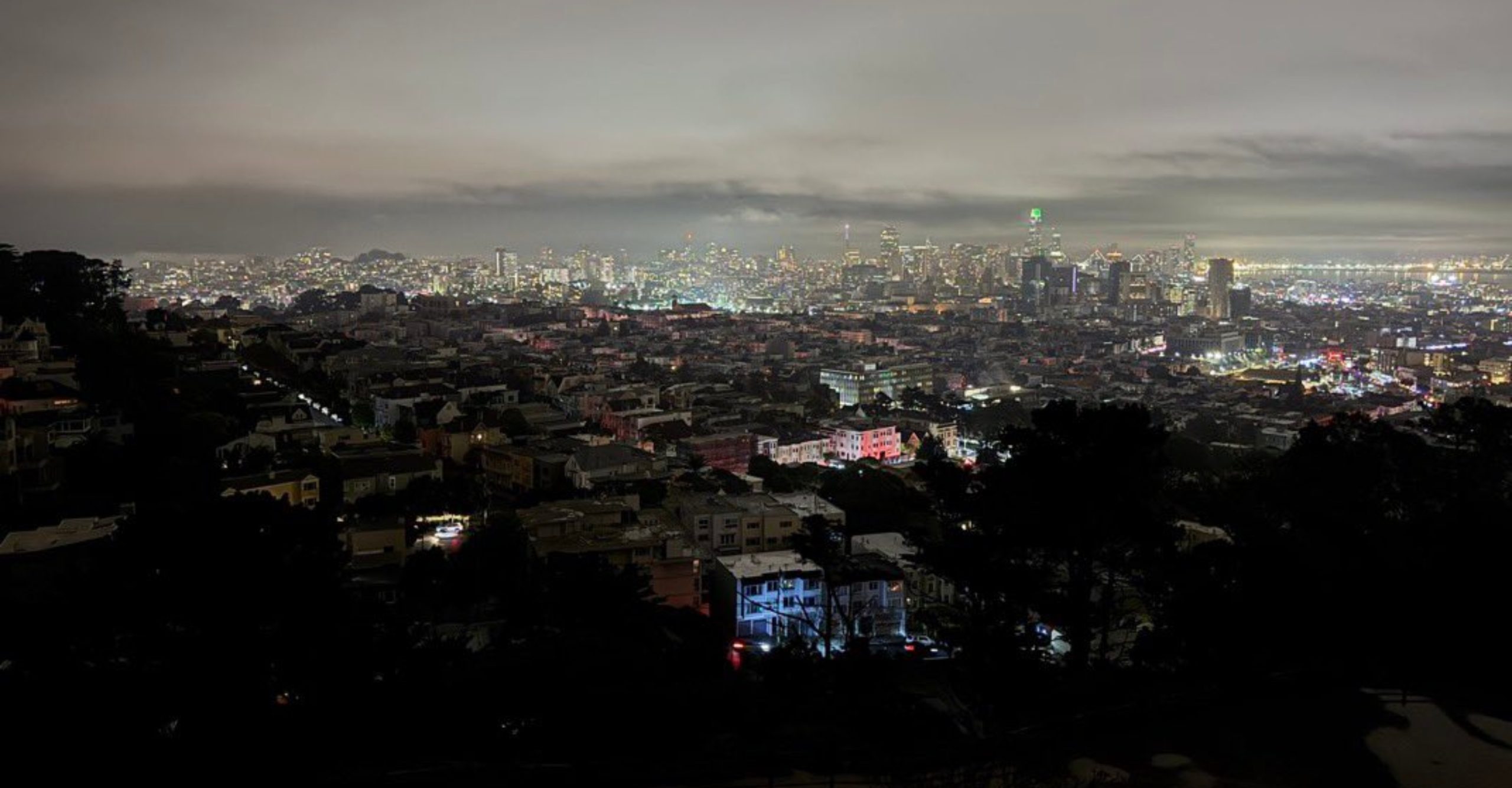International
North Korea launches an intermediate-range missile, its first test in two months

North Korea launched this Monday what is believed to be an intermediate range ballistic missile (IRBM) into the Sea of Japan (called the East Sea in the two Koreas), in what is its first test of this type in two months.
“Our army detected a ballistic missile launched from the Pyongyang area around 12:00 today (3:00 GMT),” the South Korean Joint Chiefs of Staff (JCS) reported in a statement.
“The missile fell into the East Sea after flying approximately 1,100 kilometers,” the text adds.
The regime’s last weapons test occurred on November 5 when Pyongyang launched several short-range missiles.
This Monday’s launch occurred after 12:00 (3:00 GMT) and was also confirmed by the Japanese Ministry of Defense, which detected the new North Korean weapons test and pointed out that the projectile has already fallen out of its exclusive economic area (EEZ).
The Japanese government has formed a special team to collect information and study possible damage, according to government spokesman Yoshimasa Hayashi.
The first missile launched in 2025
Today’s is the first missile launched by North Korea in 2025 and the last launch after those that occurred on November 5, and which were attributed to an attempt to provoke by the regime in view of the presidential elections in the United States.
Then, the North launched several short-range ballistic missiles with a maximum height of 100 km and that covered a distance of about 400 km.
The essay also coincides with the visit of the US Secretary of State, Antony Blinken, to Seoul, in what will be his last trip to the Asian country in office, before the arrival of Donald Trump to the US Presidency.
On October 31, Pyongyang also launched an ICBM that traveled a distance of about 1,000 kilometers from its launch point in the interior of North Korea to fall into waters north of Japan, reaching a maximum height of 7,000 kilometers, according to data collected by Tokyo and Seoul.
The Japanese Ministry of Defense pointed out that this projectile was the one that had flown the longest before its impact (one hour and 25 minutes), while a military source from Seoul said it was the largest missile tested to date by Pyongyang.
North Korea said it was a new Hwasong-19 model projectile and described it as an “irreversible” achievement in its nuclear weapons development.
International
Trump Orders Construction of New ‘Golden Fleet’ to Revitalize U.S. Naval Superiority

President Donald Trump issued an executive order this Monday for the immediate construction of two new warships that will bear his name. These vessels will be the pioneers of what he described as the “Golden Fleet,” a future generation of “Trump-class” battleships that he claimed would be “100 times more powerful” than those currently in service.
The announcement took place at his private residence in Mar-a-Lago, Florida. The President indicated that following the initial two ships, the administration aims to commission up to 25 additional vessels. He is scheduled to meet with Florida-based contractors next week to expedite production, criticizing existing defense firms for failing to deliver results efficiently.
This naval expansion is a cornerstone of Trump’s goal to revitalized the American shipbuilding industry and address the strategic gap between the U.S. and competitors like China.
The move comes amid heightened geopolitical tension. Just last week, Trump ordered the seizure of all sanctioned tankers involved with Venezuela’s “ghost fleet” to cripple the country’s crude oil industry. Since December 10, the U.S. military—deployed in the Caribbean under the guise of counter-narcotics operations—has already detained two tankers linked to Venezuelan oil transport.
International
U.S. Judge Blocks ICE from Re-detaining Salvadoran Erroneously Deported Under Trump Administration

A U.S. federal judge ruled this Monday, December 22, that Immigration and Customs Enforcement (ICE) is prohibited from re-detaining Salvadoran national Kilmar Ábrego García, who was erroneously deported to El Salvador earlier this year during the administration of President Donald Trump.
During a hearing in Maryland, U.S. District Judge Paula Xinis ruled that Ábrego García must remain free on bail through the Christmas holidays, concluding that his initial detention lacked a legal basis. The ruling follows a request from his legal team for a temporary restraining order to prevent ICE from carrying out a new arrest.
Earlier this month, on December 11, Judge Xinis ordered his release from a Pennsylvania migrant detention center after determining that the government had detained him without a formal deportation order. In 2019, an immigration judge had already ruled that Ábrego could not be returned to El Salvador because his life was in danger.
Despite that protection, Ábrego García was deported in March 2025 following a raid by the Trump administration. Officials argued at the time that he was a gang member, and he was sent directly to the Center for the Confinement of Terrorism (CECOT) in El Salvador. In June, he was returned to the United States to face a new trial for alleged human smuggling—a charge he denies.
On Monday, Judge Xinis also temporarily invalidated a new deportation order issued by an immigration judge following Ábrego’s recent release, granting him legal protection through the coming weeks. His trial is scheduled to begin in Tennessee in January 2026.
International
Fire at substation triggers major blackout in San Francisco

The U.S. city of San Francisco was plunged into darkness Saturday night after a power outage left about 130,000 customers without electricity, although the utility company said service was restored to most users within hours.
Pacific Gas & Electric Company (PG&E) said in a statement posted on X that nearly 90,000 homes had their power restored by 9:00 p.m. local time (05:00 GMT on Sunday), while the remaining 40,000 customers were expected to have service restored overnight.
Large areas of the city, a major technology hub with a population of around 800,000, were affected by the blackout, which disrupted public transportation and left traffic lights out of service during the busy weekend before Christmas, a crucial period for retail businesses.
“I know it’s been a difficult day,” San Francisco Mayor Daniel Lurie said in a video posted on social media from the city’s emergency operations center. “There has been progress, but for those still without power, we want to make sure they are safe and checking in on their neighbors,” he added.
Lurie said police officers and firefighters advised residents to stay home as much as possible. He also noted that officers and traffic inspectors were deployed to manage intersections where traffic lights were not functioning.
The mayor confirmed that the outage was caused by a fire at an electrical substation. Parts of the city were also covered in fog, further complicating conditions during the incident.
As a result of the blackout, many businesses were forced to close despite it being the weekend before Christmas. The sudden drop in shopper traffic ahead of the holiday is “devastating” for retailers, the manager of home goods store Black & Gold told the San Francisco Chronicle.
-

 International4 days ago
International4 days agoShakira’s El Salvador concerts sell out in hours, fans demand more dates
-

 International3 days ago
International3 days agoPentagon confirms Trump pick for SouthCom as U.S. military pressure grows
-

 International1 day ago
International1 day agoU.S. Judge Blocks ICE from Re-detaining Salvadoran Erroneously Deported Under Trump Administration
-

 International4 days ago
International4 days agoTrump moves to reclassify marijuana as less dangerous substance
-

 International3 days ago
International3 days agoArgentina detects first local cases of Influenza A (H3N2) Subclade K
-

 International2 days ago
International2 days agoFire at substation triggers major blackout in San Francisco
-

 International24 hours ago
International24 hours agoTrump Orders Construction of New ‘Golden Fleet’ to Revitalize U.S. Naval Superiority
-

 International2 days ago
International2 days agoCristina Kirchner recovering after appendicitis surgery in Buenos Aires




























